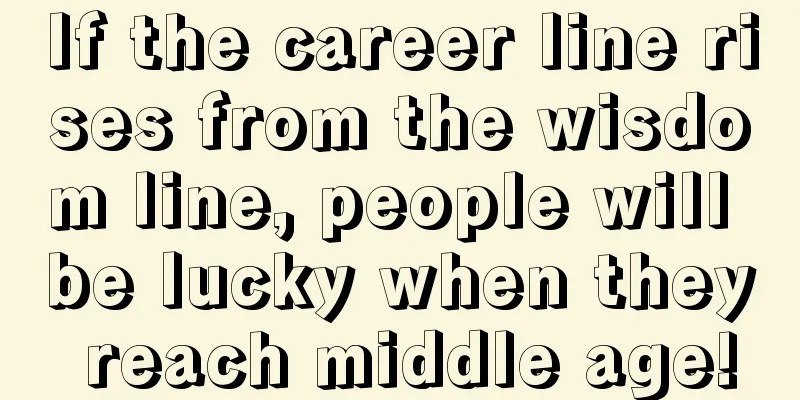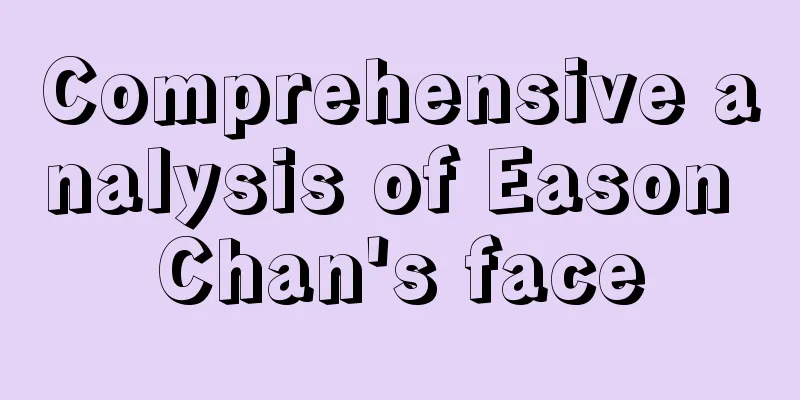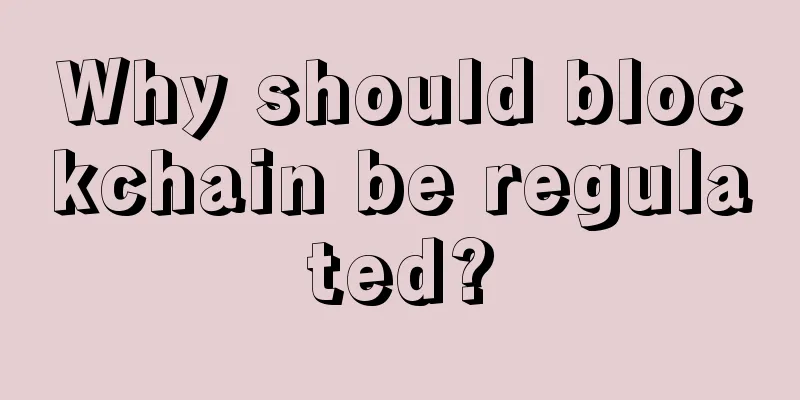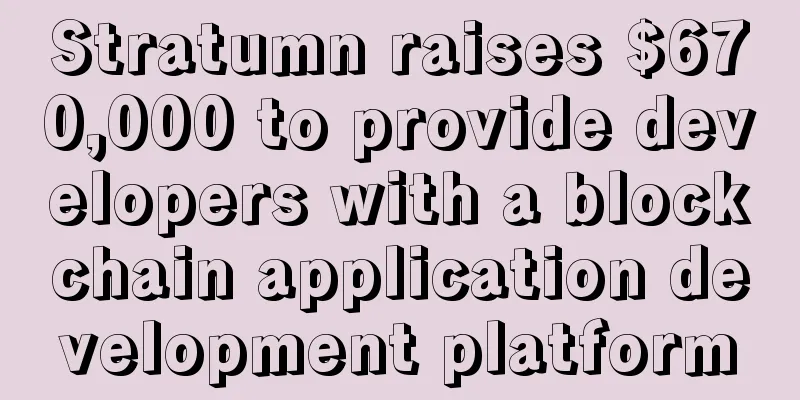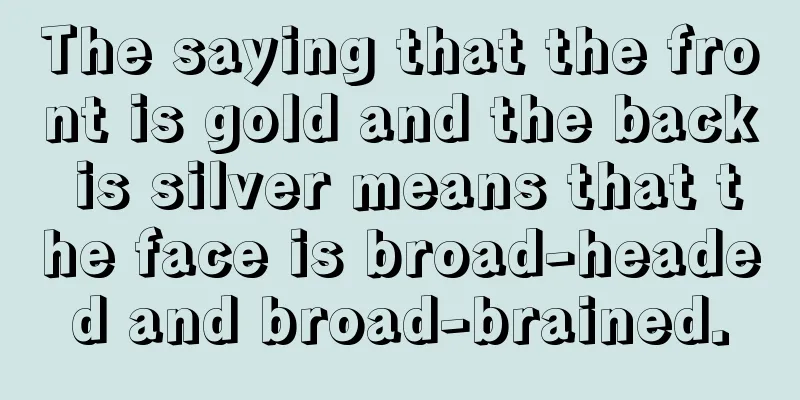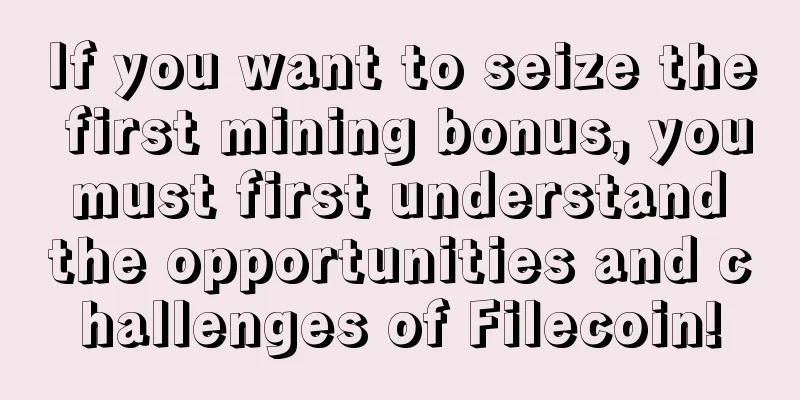Ethereum uses formal verification to improve the security of smart contracts
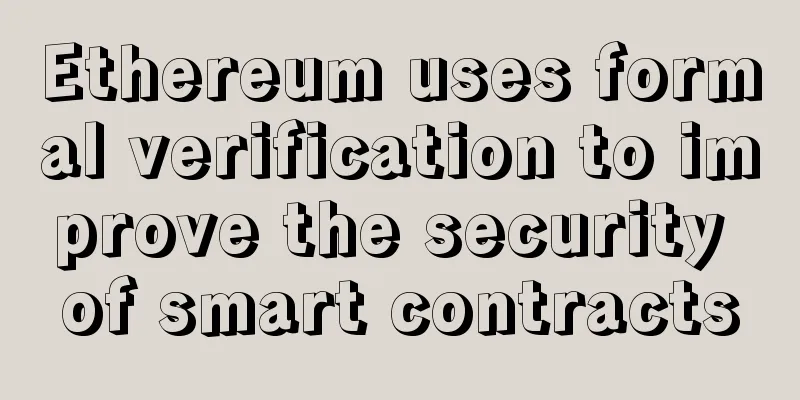
|
Baozou Comment : At the Ethereum Developer Conference (Devcon2) held in Shanghai this month, formal verification became a hot topic in the community, attracting great attention and heated discussions. As a supplement to the solidity language, it has the potential to strengthen the security of blockchain smart contracts and prevent similar incidents like The DAO from happening. However, there are still some technical difficulties to be overcome, and it is not a panacea for all problems, but its potential has been highly recognized by the developer community. Translation: Annie_Xu Recently, a new buzzword has emerged in the blockchain field - formal verification. This phrase, which refers to the use of mathematical algorithms to verify software programs, has frequently appeared in media reports. But last week's Blockchain Summit in Shanghai gave us some hints that the importance of formal verification should grow as both smart contracts and blockchains face security issues. Multiple sessions at the Ethereum developer conference Devcon2 showed that the developer community is clearly welcoming this new program that can help Ethereum coders. The concept has increased confidence in the Ethereum protocol and the proof-of-stake blockchain project. The DAO was the largest smart contract project to date on the decentralized application development platform, and its sudden collapse certainly explains why the concept has gained traction. Although formal verification may seem complex, it can be simply understood as an application in Ethereum. Coders now basically write smart contracts in the solidity language, which is then compiled into bytecode for the Ethereum Virtual Machine (EVM), distributed to the nodes of the network, and executes the code program. Formal verification can be seen as an objective way of ensuring that different network elements receive instructions and then execute them as intended on behalf of the user. Grant Passmore, founder of Aesthetic Integration, saw an opportunity to promote this technology and released Imandra Contracts, a formal verification platform for blockchain and smart contracts, at Devcon2. Grant Passmore He suggested at the conference that Ethereum could serve as a “paradise” for formal verification, given the community’s goals and the heavy responsibility placed on the code.
Another speaker, Cornell's Philip Daian, discussed the methodology more broadly, stating that he believes formal verification can help Ethereum solve major problems.
Training wheels Financial companies have been emphasizing smart contract languages recently, so integrating Solidity and formal verification has become the hottest topic recently. Solidity was developed for the Ethereum platform and has been criticized for being untested and difficult to write in. These issues were amplified by the lack of a code base for the language compiler and the collapse of The DAO. Therefore, Solidity creator Christian Reitweissner admitted that formal verification should be used to help Ethereum coders find vulnerabilities more effectively. In the future, he said, smart contract developers could use formal verification to determine if there are loopholes in their work. They could also use the tool to determine if the result of adding two averages is better than the result assigned by the compiler.
Reitweissner said the Solidity team has been exploring how to integrate formal verification, and last October developed a prototype to study how the Why3 toolkit could help achieve this goal, although the product has not yet been made public for all of Solidity. Proving Ground The summit also focused on discussing how to use Ethereum to explore how to apply formal verification to the financial industry. Passmore said that he has been working with financial institutions to explore ways to integrate the system since 2014. Customers have already started some applications, such as dark pools, whose fairness has been criticized by traders. Passmore said the ethereum community could push for smart contract adoption.
The growth of formal verification also attracted Yoichi Hirai, a formal verification engineer currently working at the Ethereum Foundation; he had been interested in the technology since he was a researcher at cybersecurity leader FireEye. Hirai said at the meeting that he could not use formal verification without source code or when the task was too complex.
Ethereum, on the other hand, can offer what he calls a “smaller form factor” and “solvable problems,” letting developers decide how to efficiently compile Solidity into bytecode.
Not a panacea However, despite the great interest in the concept, it is important to be cautious about what form formal verification will take. Alex Beregszaszi, a developer working on upgrading the EVM, said he is currently exploring solutions to help developers ensure the functionality of smart contract code. Passmore also pointed out that it is currently impossible to determine whether the new system has discovered the problems with The DAO because formal verification tools still require human input.
Both Reitweissner and Passmore acknowledge this limitation and warn developers not to view formal verification as a panacea. However, Reitweissner believes that as applications are promoted, this methodology will continue to develop, and developers will gradually learn to better identify problems and develop corresponding code libraries to record necessary common problems. Passmore believes that this way, the Ethereum community can successfully promote the concept, and it will ultimately promote blockchain research and development.
|
>>: Column: Blockchain can help achieve globalization
Recommend
Where is the noble tattoo?
Where is the noble tattoo? The location of the no...
What does it mean when the love line is in the shape of a chain?
The lines on each person's hands are differen...
The Internet Finance Association: Tips on preventing risks in overseas ICO and "virtual currency" transactions
Today, the China Internet Finance Association iss...
US Presidential Candidate Hillary Clinton Pledges Support for Blockchain
Baozou Comment : Although the development momentu...
Who will win in If You Are the One?
Who will win in If You Are the One? There is a mo...
How to see wrinkles on a woman's face
The appearance of wrinkles is a big problem for w...
Is the face of a man with a diamond-shaped face good?
The most obvious part of our body is our face, an...
Filecoin Network Economics
Earlier this month, ETH Global and Filecon hosted...
Is it good for a boy to have fox eyes?
Fox eyes give people the impression of being a ch...
Gavin Andresen: Ethereum will not replace Bitcoin, and more nodes will not make much sense
Recently, Gavin Andresen, the former chief develo...
How to distinguish between a false and a true broken palm
The so-called broken palm is when the wisdom line...
What kind of people are most likely to lose money?
Why do some people work hard all their lives and ...
What kind of men are smart, capable and have strong career abilities?
Men should focus on their careers and pay more at...
What does a man with high brow bones indicate?
Physiognomy is a science that predicts fate by lo...
Will the complete ban on Bitcoin mining in many places have a significant impact? How to solve the problems of high energy consumption and pollution?
Recently, a piece of news about "Inner Mongo...
